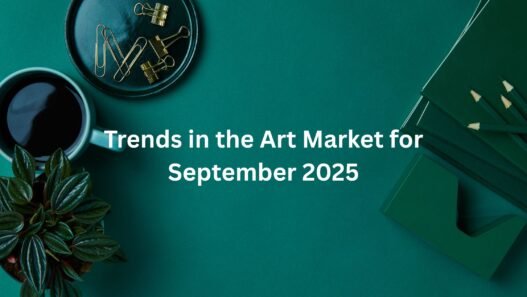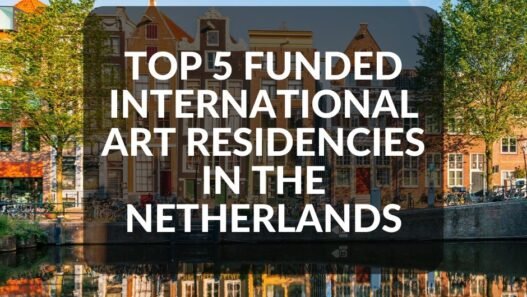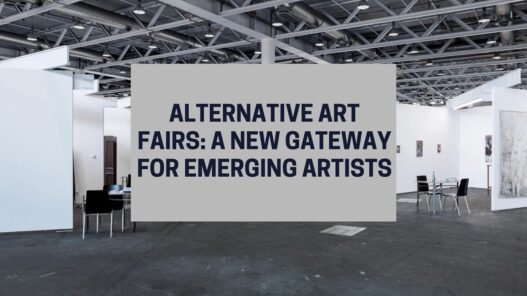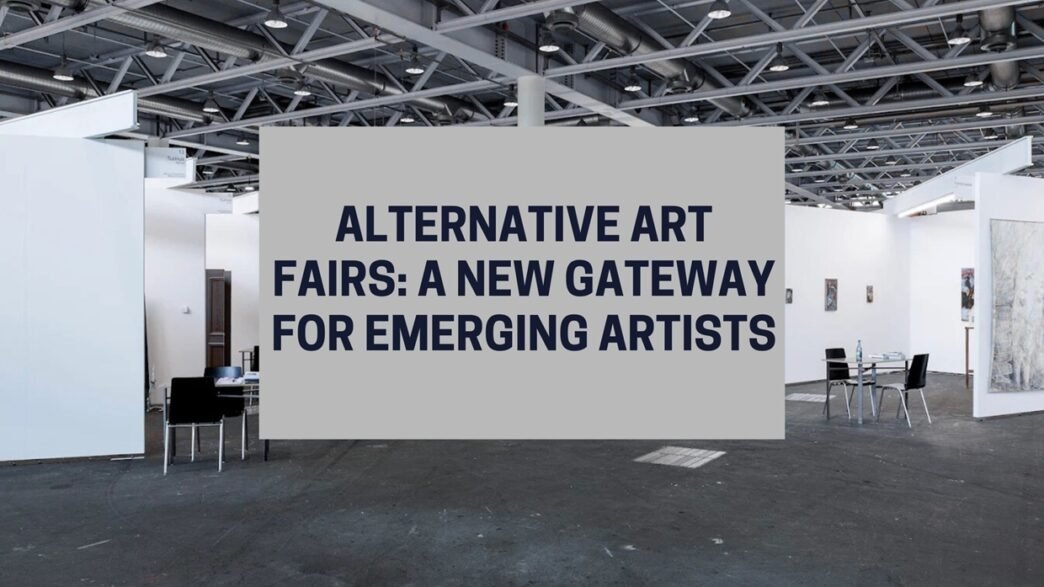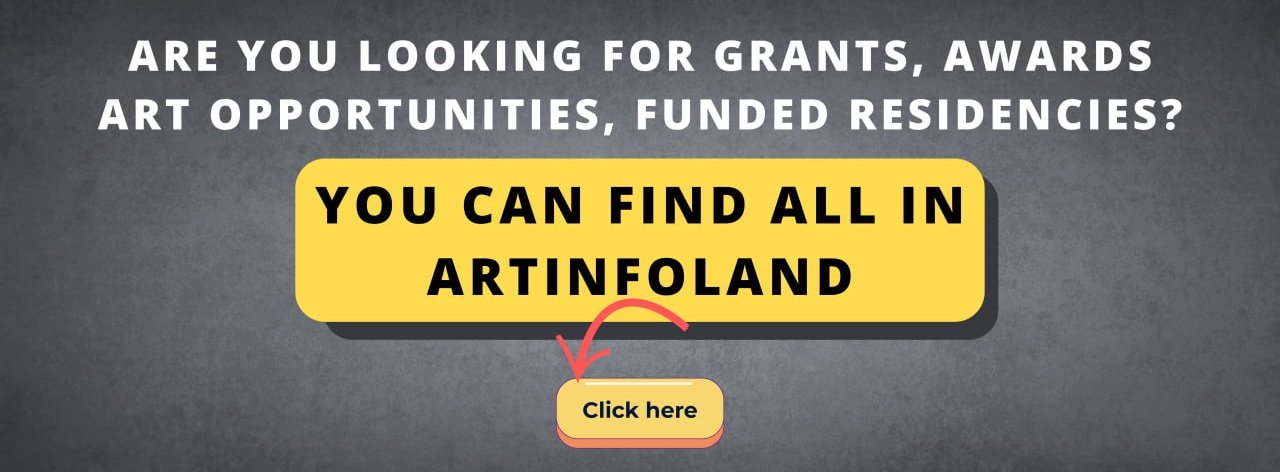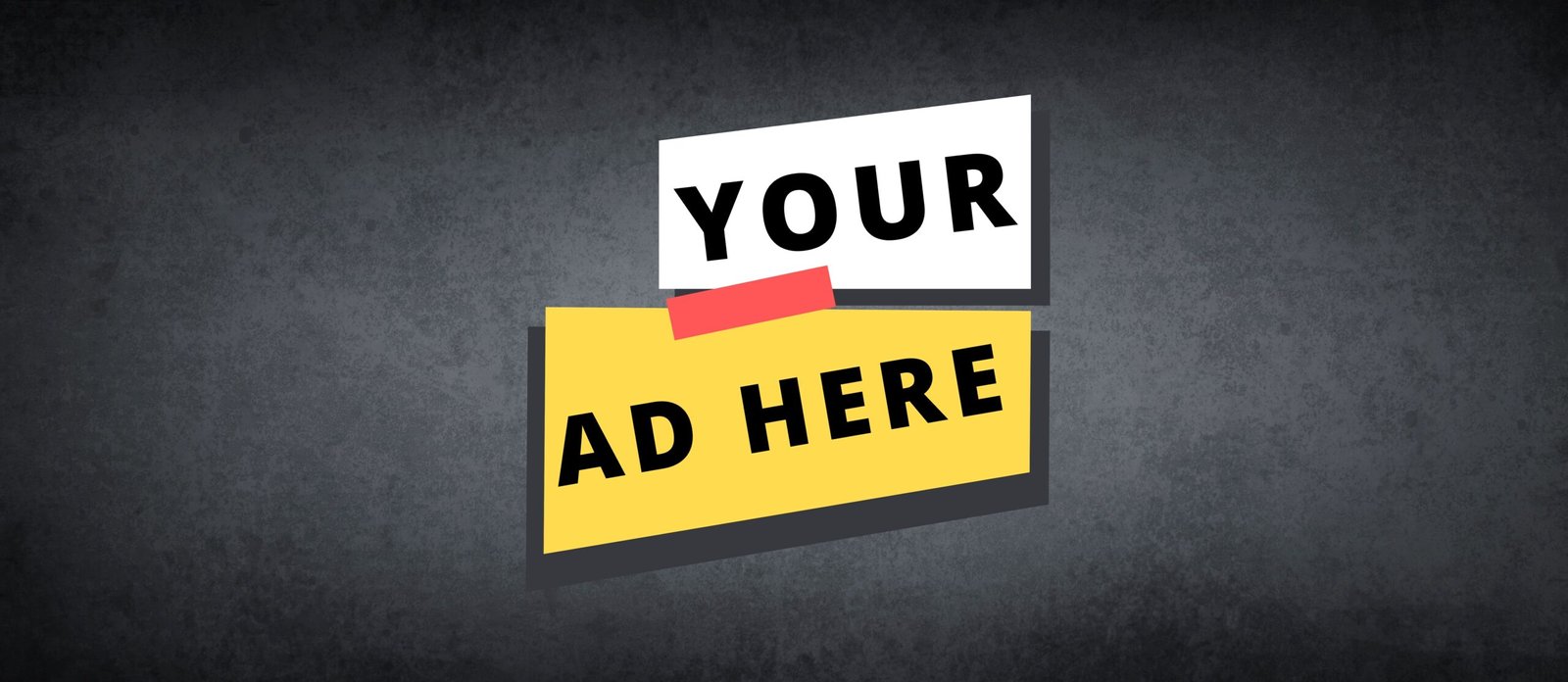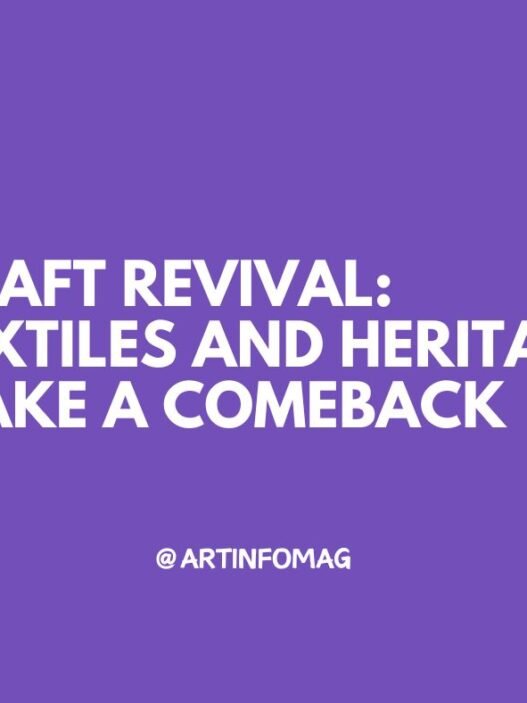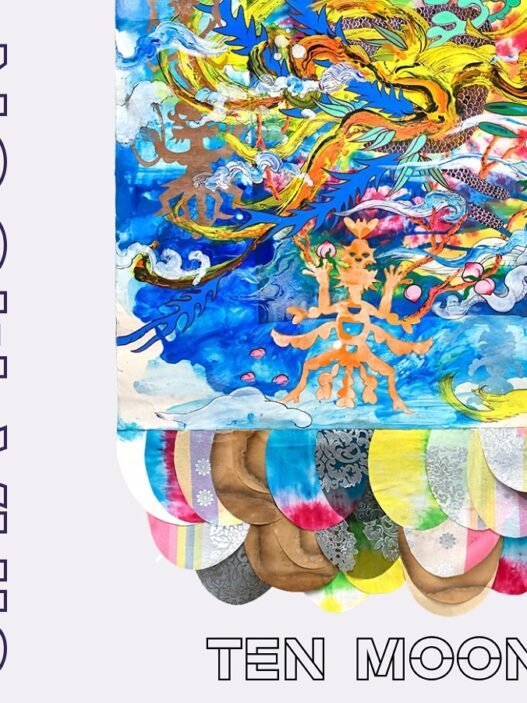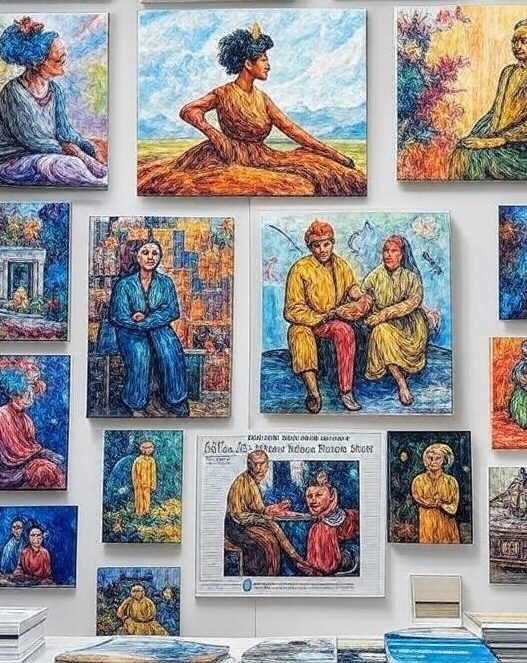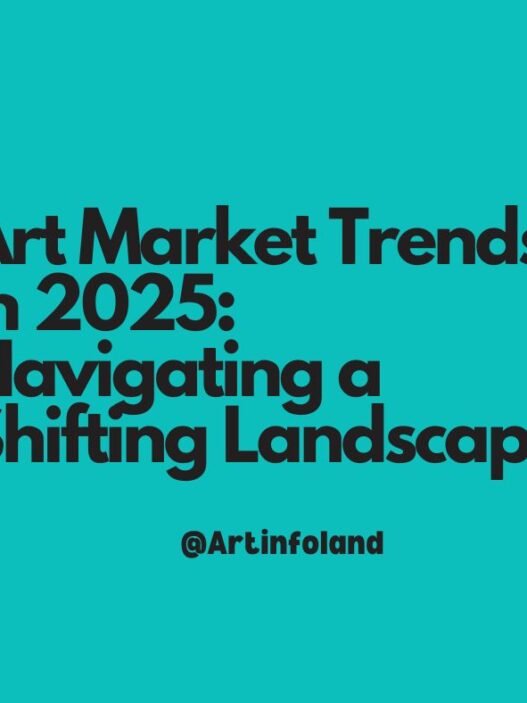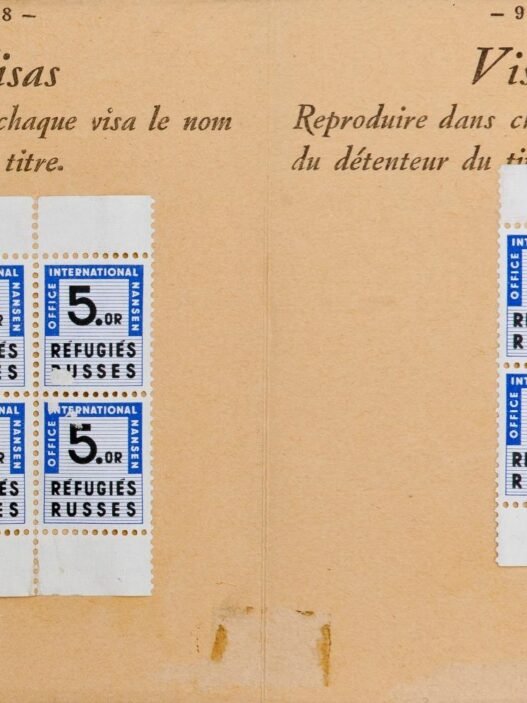The global art fair circuit has long been defined by titans like Art Basel, Frieze, and The Armory Show, glitzy arenas where established galleries showcase blue-chip artists to elite collectors. Yet, for emerging artists, these mega-events can feel like impenetrable fortresses, with high costs, exclusivity, and gatekeeping creating barriers to entry. Enter alternative art fairs: smaller, more inclusive platforms that are redefining access and opportunity in the art world. For artists seeking visibility and connection, these fairs are becoming vital stepping stones, offering a dynamic space to showcase work, engage with audiences, and build sustainable careers.
What Sets Alternative Art Fairs Apart?
Unlike their high-stakes counterparts, alternative art fairs prioritize accessibility, diversity, and experimentation, creating environments that nurture emerging talent and challenge traditional market norms.
- Affordability & Accessibility: Booth fees at alternative fairs are significantly lower, enabling small galleries, artist-run collectives, and even independent artists to participate. Many fairs, such as The Other Art Fair, allow artists to apply directly, bypassing the need for gallery representation—a game-changer for those early in their careers.
- Emerging Artist Focus: These fairs champion artists whose practices are experimental, socially engaged, or underrepresented. They provide a platform for voices that might not align with the commercial priorities of larger fairs, fostering innovation and diversity.
- Direct Engagement: Alternative fairs blur the line between artist and audience, offering opportunities for face-to-face interactions, performances, and workshops. This creates a vibrant, festival-like atmosphere that contrasts with the transactional feel of mega-fairs.
- Alternative Collecting Models: From affordable editions to digital art and NFTs, these fairs embrace new ways of collecting. They cater to a broader range of buyers, including younger collectors who value accessibility over exclusivity.
Notable Alternative Art Fairs to Watch
A growing number of alternative fairs are making waves globally, each with a unique approach to supporting new talent:
- LISTE Art Fair (Basel, Switzerland): Often described as the experimental sibling of Art Basel, LISTE focuses on young galleries and innovative practices, offering a platform for bold, boundary-pushing work.
- NADA (New Art Dealers Alliance, Miami & New York): Known for its commitment to emerging galleries and artists, NADA blends experimental curation with a dedication to diversity, making it a key destination for discovering new voices.
- The Other Art Fair (Global: London, New York, Los Angeles, Sydney): Organized by Saatchi Art, this fair empowers artists to apply directly and connect with buyers, removing traditional gatekeepers and fostering direct relationships.
- Supermarket Art Fair (Stockholm, Sweden): This artist-run fair emphasizes collectives and collaborative practices, building an international network that prioritizes community over commerce.
- 1-54 Contemporary African Art Fair (London, New York, Marrakech, Paris): Dedicated to contemporary African and diasporic artists, 1-54 is reshaping global representation, amplifying voices historically sidelined by the art market.
Why This Matters for Emerging Artists
For artists navigating the competitive art world, alternative fairs offer unparalleled opportunities:
- International Exposure: Without the need for gallery backing, artists can showcase their work to global audiences, gaining visibility among curators, collectors, and institutions.
- Direct Connections: These fairs facilitate meaningful interactions with buyers, curators, and peers, often leading to residencies, grants, or collaborative projects.
- A Space for Experimentation: Alternative fairs value risk-taking and identity-driven work, allowing artists to present projects that might not fit traditional market molds.
- Career Growth: Beyond sales, these fairs are ecosystems for building networks, gaining feedback, and establishing a foothold in the art world.
The Takeaway: A New Era for Art
As the art world grapples with questions of access, diversity, and sustainability, alternative art fairs are emerging as powerful catalysts for change. They are more than commercial venues, they’re vibrant communities where emerging artists can belong, connect, and thrive. For those seeking to break into the global art scene, these fairs offer a pathway to visibility and impact.
At Artinfoland, we celebrate these spaces as vital to the future of art. We encourage emerging artists to explore these fairs, seize their opportunities, and contribute to a more inclusive, dynamic art world.




